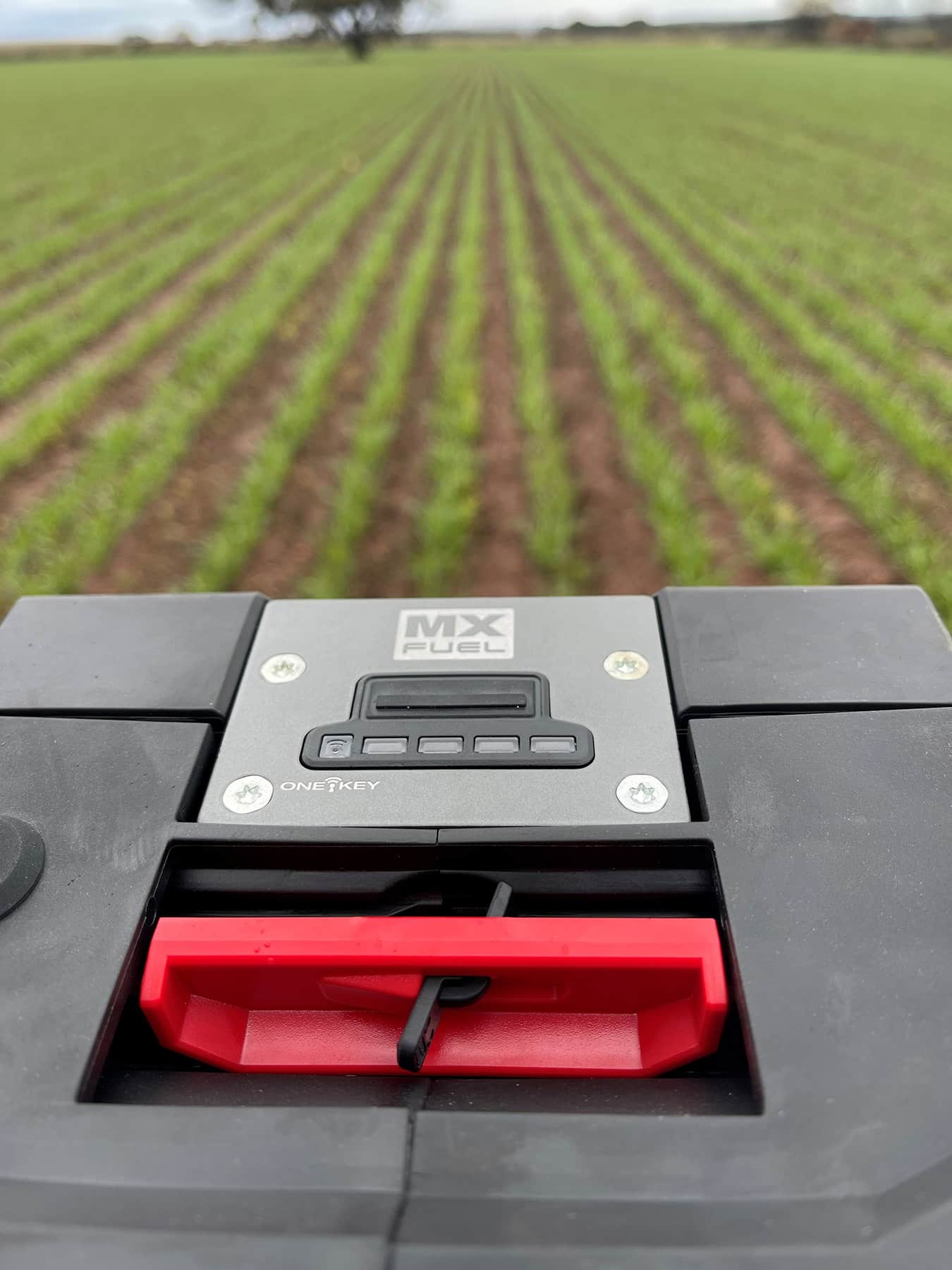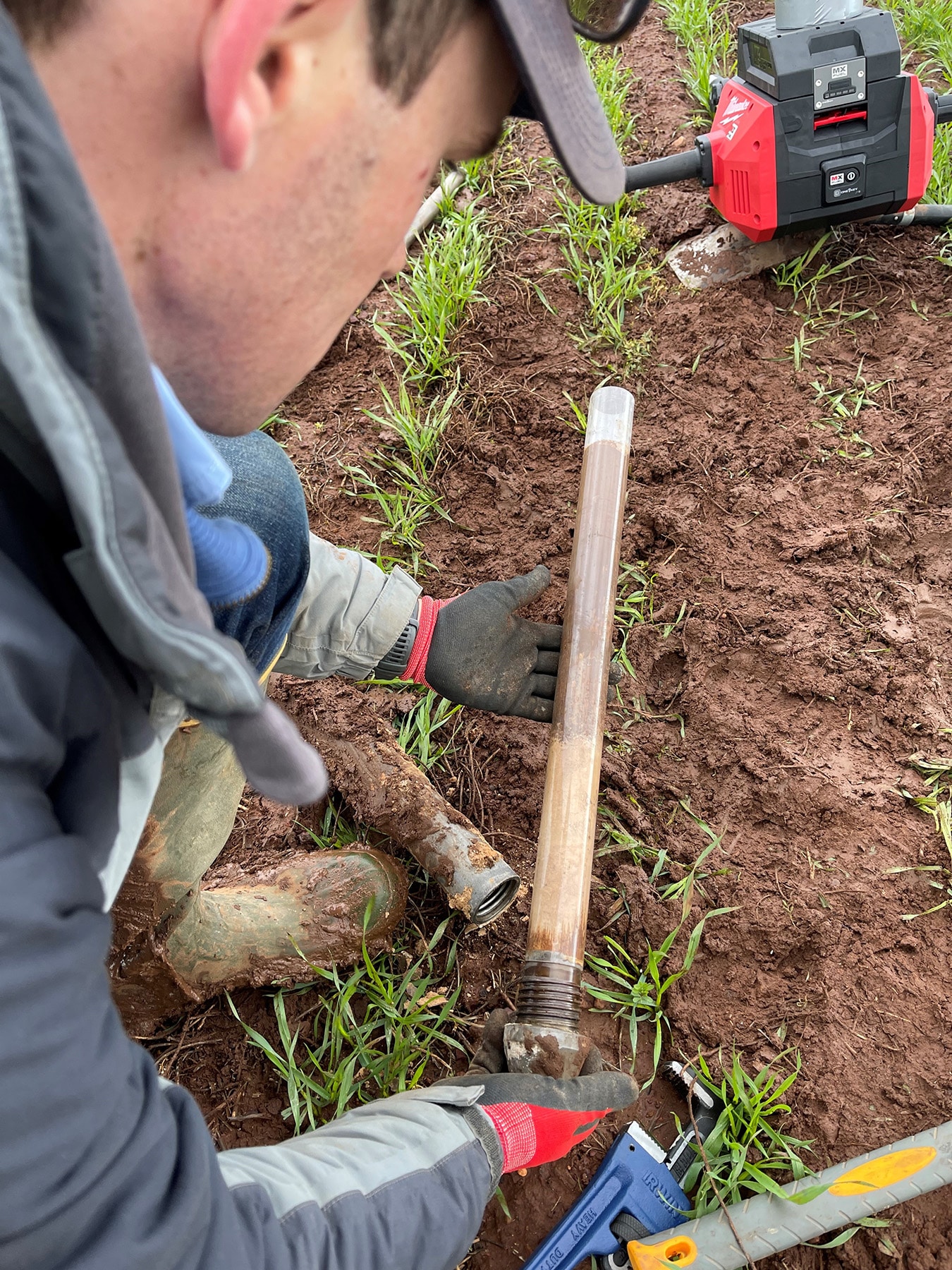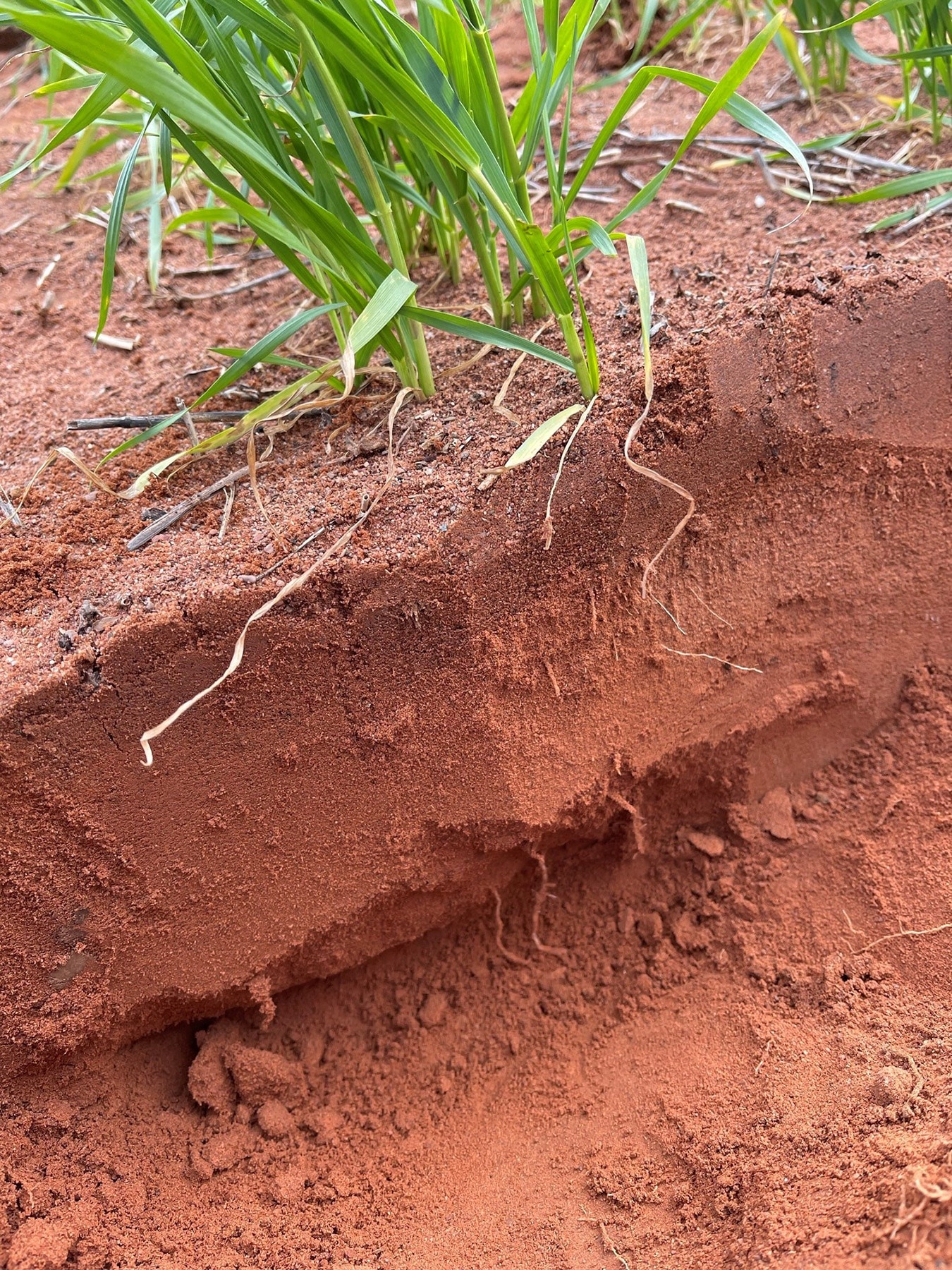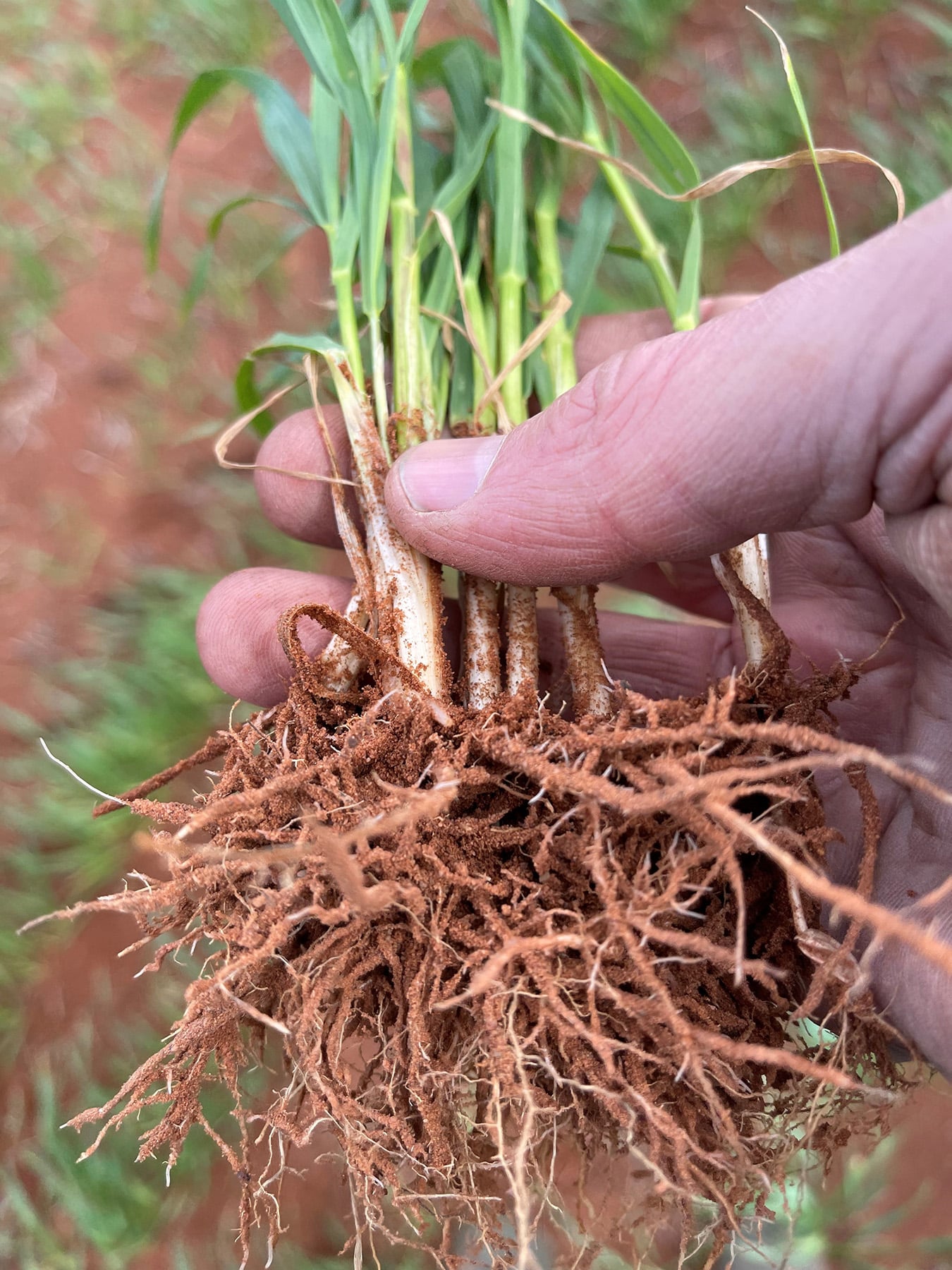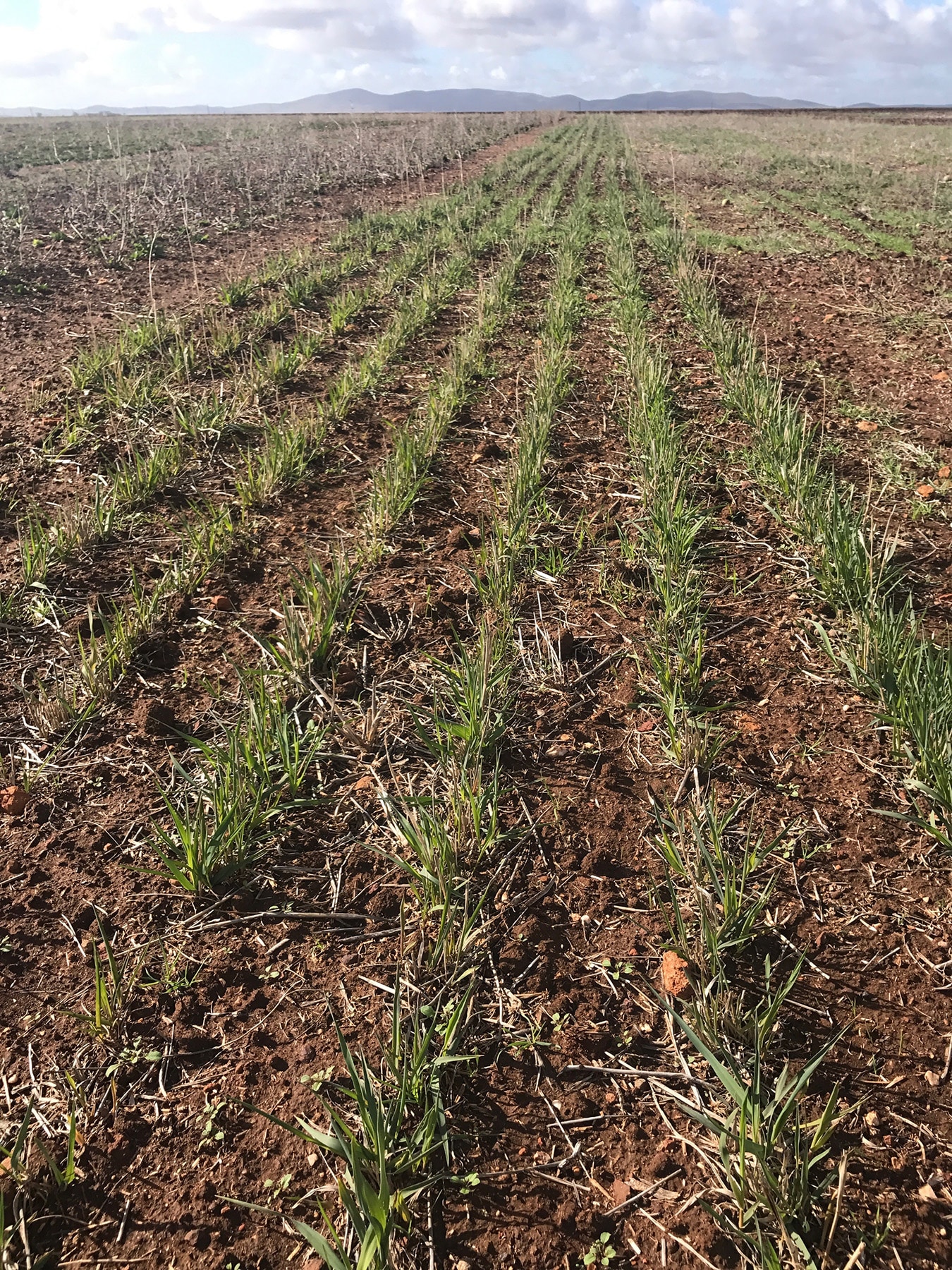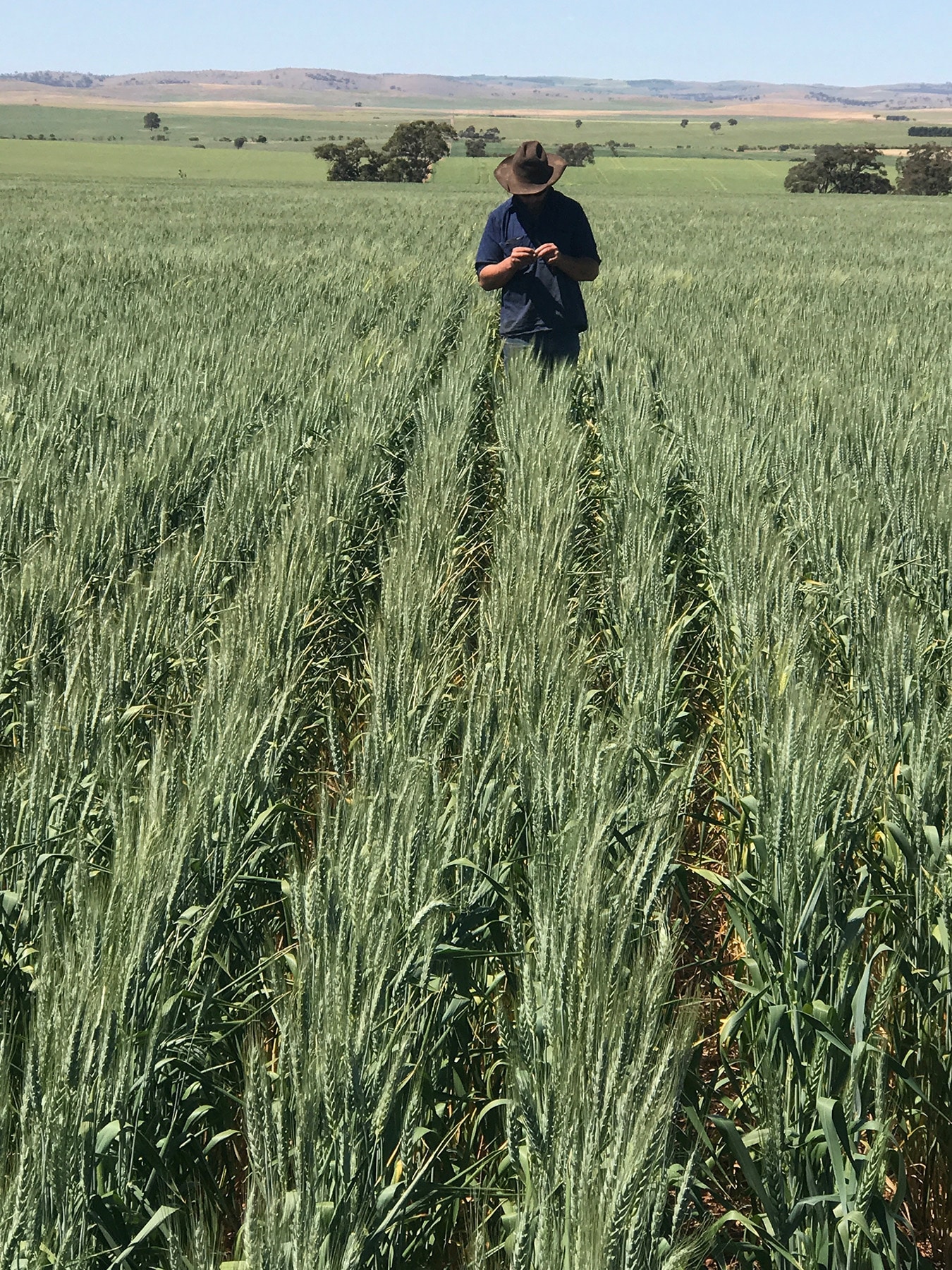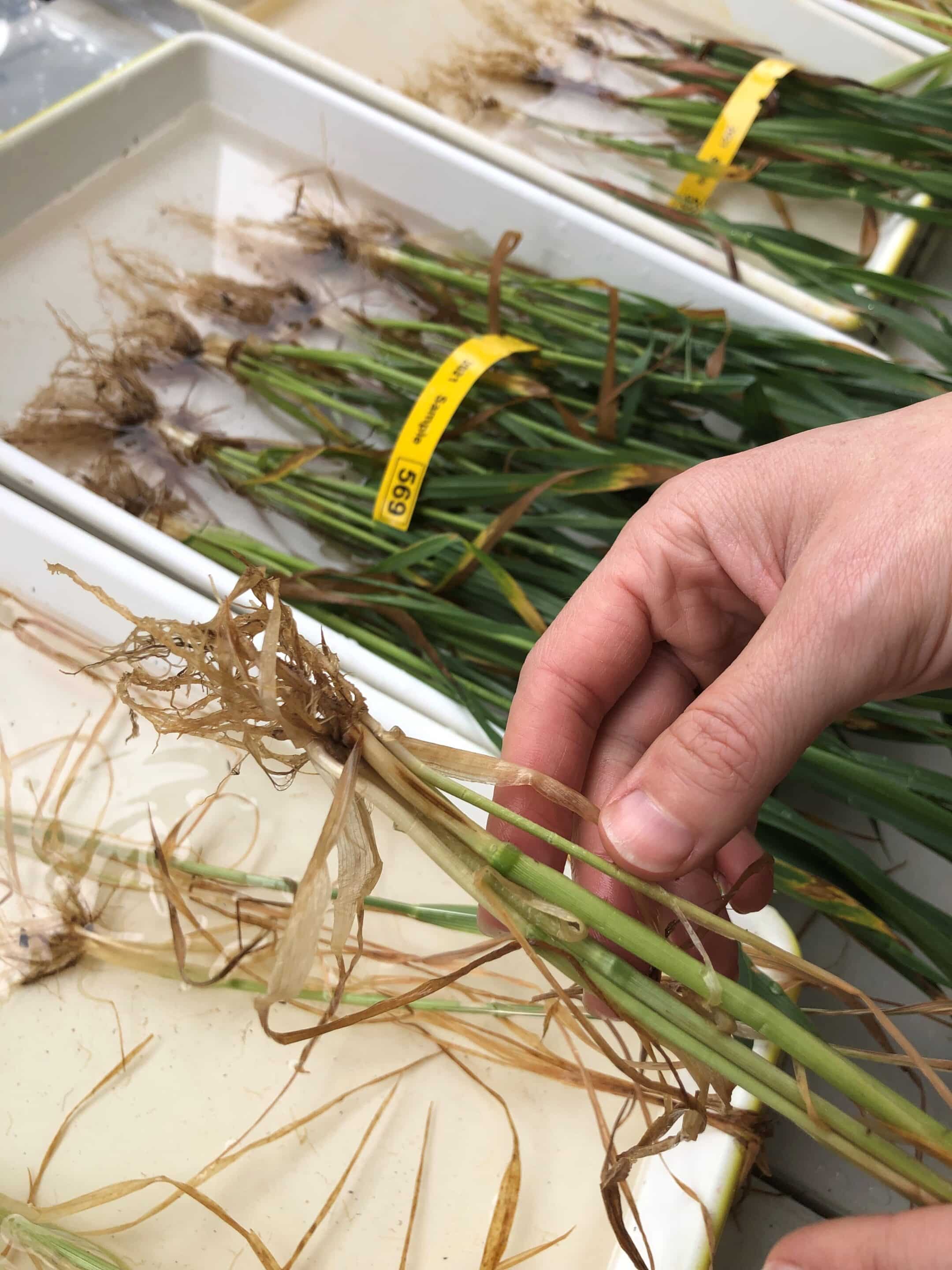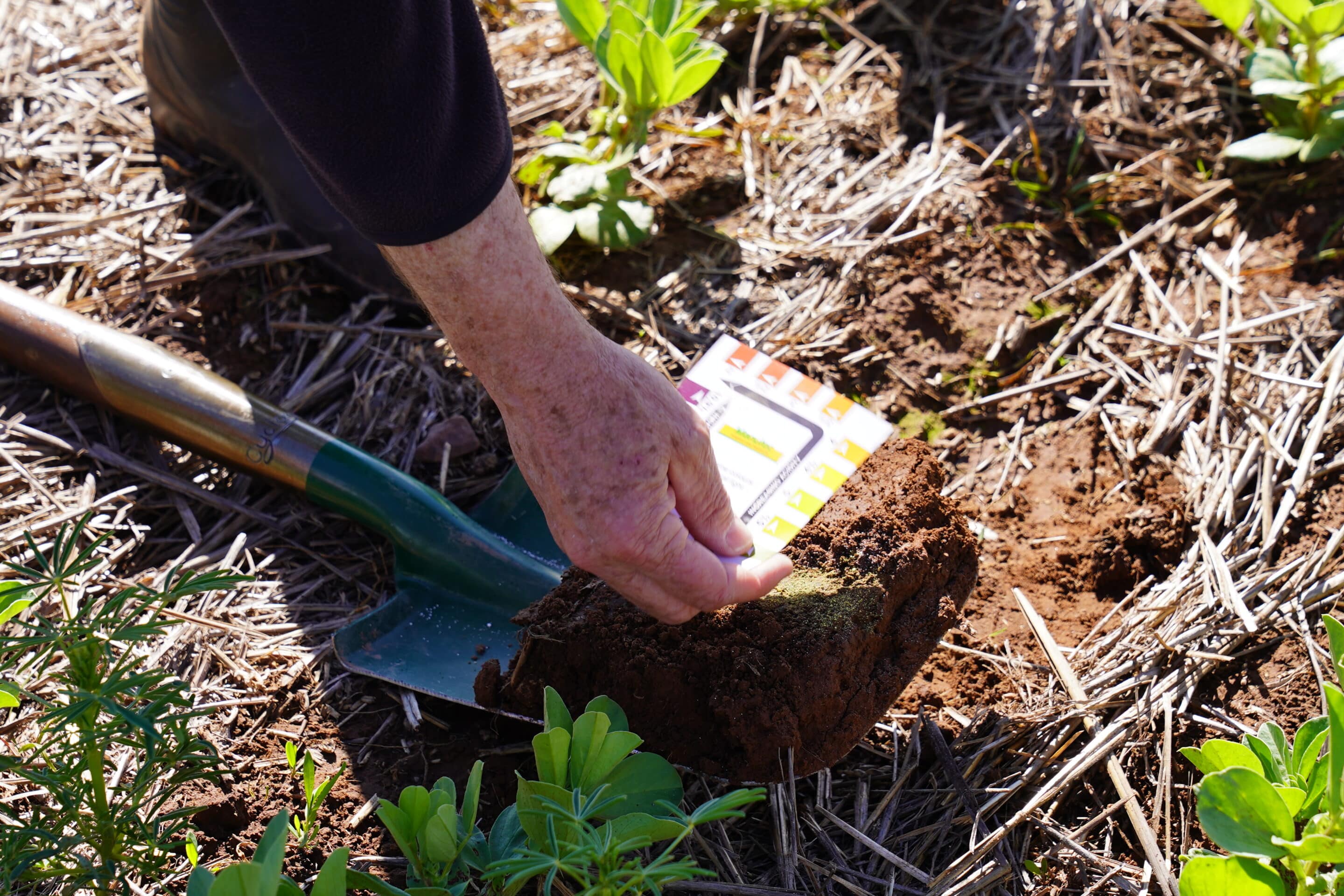START
FINISH
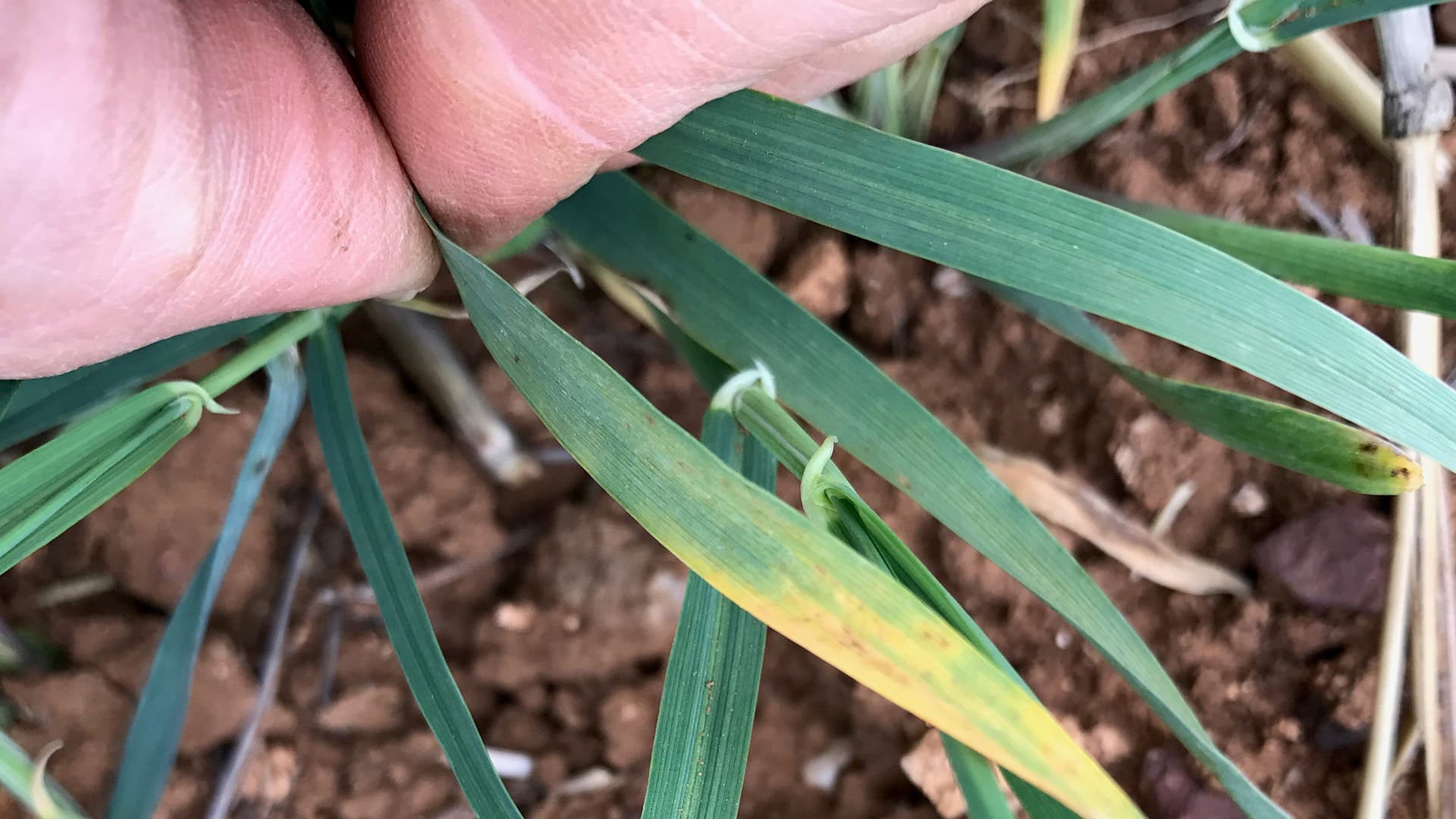
Summary
The primary objective of this project was to understand the relationship of selected trace element use (type and volume) on the general profitability and field performance of dryland farming systems of the Upper North.
A literature review and three trial seasons covered a wide variety of growing season conditions, including significantly below average rainfall in 2018, very dry conditions in 2019 and more typical rainfall but low stored soil moisture in 2020.
These difficult conditions and significant knowledge gaps contributed to some useful indications but inconclusive results overall.
Background
The Upper North is often characterised by delayed opening rains, cold winters, unreliable precipitation, significant persistent wind, variable soil performance, significant frost events and hot dry finishes.
Farmers need locally derived nutrient management information to confidently apply micronutrients in their cropping systems – including critical thresholds, application timing and volume guidelines, recommended application methods and cost management strategies.
Research Aims
The core objectives of the project were to:
- Determine cost-effective micronutrient strategies for use in the Upper North, based on available legacy data sets to determine micronutrient type, form, volume and application timing.
- Identify the optimal micronutrient use strategy for typical annual seasonal constraints.
- Establish guidelines for micronutrient application and use based on soil condition and type and plant assessment for the primary crop cultivars grown in the region.
In The Field
Trials of wheat and lentil sites were conducted in 2018, 2019 and 2020 using a range of commercially available micronutrient treatments. Wheat sites were treated with foliar applications of zinc and copper while lentil sites received zinc and molybdenum applications.
Tissue samples were taken before and after treatment, and yield response was assessed when possible. All three seasons were very dry with 2018 being a Decile 1 rainfall year, 2019 being drought and frost affected, and 2020 also receiving below average rainfall.
Results
Tissue tests from the 2018 wheat trials showed no difference in copper or zinc levels following micronutrient treatment. In the lentil trial, tissue tests indicated marginal zinc levels even though zinc in the soil was adequate. It is likely zinc uptake was affected by the cold and dry conditions.
Results from 2019 wheat trials showed no significant result in yield or plant tissue tests between formulation types, rates and timings of copper chelate applications.
Pulses showed increased molybdenum levels in tissue following treatment but the site was severely drought affected and could not be harvested for yield or grain assessments. Molybdenum is seen as important for nitrogen pathways, so this trend could have more significance in seasons with higher water limited yield potential.
Wheat trials at Booleroo Centre in 2020 showed no yield response from any of the micronutrient treatments and no effect on plant tissue tests. Increased molybdenum levels were observed in lentils following molybdenum applications, but low moisture again impacted the observable results.
Higher rate or dual applications of zinc did provide a yield response in wheat at the Mambray Creek site and molybdenum applications resulted in increased levels in tissue tests as well as higher yields (4.2t/ha).
Tissue tests of lentils at Booleroo indicated increased zinc and molybdenum levels following treatments and grain tests showed a statistically significant increase in molybdenum after foliar molybdenum chelate applications.
At Baroota, lentil tissue tests indicated a definite response in nitrogen uptake following a molybdenum application, as well as increased molybdenum levels. Also at this site, iron, aluminium and cobalt levels were observed to increase in lentil tissue following a zinc application.
Project Participants
Upper North Farming Systems: Ruth Sommerville, Jamie Wilson, Hannah Mikailo, Jade Rose
Rural Directions: Jana Dixon
YP Ag: Jonathon Mudge
Northern Ag: Andrew Catford
Field Systems Australia: Michael Eyres, Edward Scott
Growers: Carey, McCallum, Koch, Catford, and Mudge
The Problem
Farmers in the Upper North face a range of constraints that require locally derived micronutrient management information that provides economical and effective guidance.
The research
Determination of critical crop and soil micronutrient management information for varying soil types and seasonal conditions in the Upper North.
More information
Jade Rose, Upper North Farming Systems
T: 0448 866 865
E: [email protected]
Value for Growers
Overall, the trials clarified the strengths and vulnerabilities of dryland nutrient management in the more marginal conditions of the Upper North. While soils may have adequate micronutrient capacity in low rainfall seasons, in more productive conditions, micronutrient availability will have a greater influence on crop yield and risk management.
Project results were published in the 2021 UNFS Annual Compendium and grower information days, micronutrient management data sheets, UNFS zoom discussion forums and webinars.
While some results were inconclusive, insights into the value of zinc and the factors that may influence micronutrient uptake were achieved and will help growers to manage micronutrients moving forward.
The project also highlighted knowledge gaps in micronutrient movement and management under the dry, cold conditions of the region.

